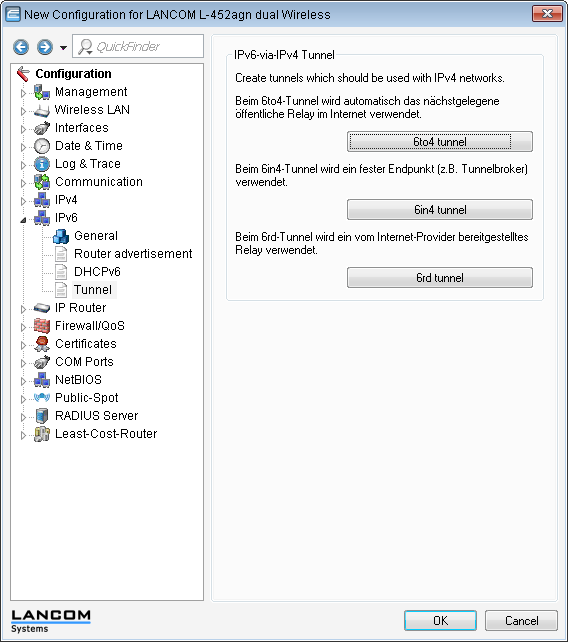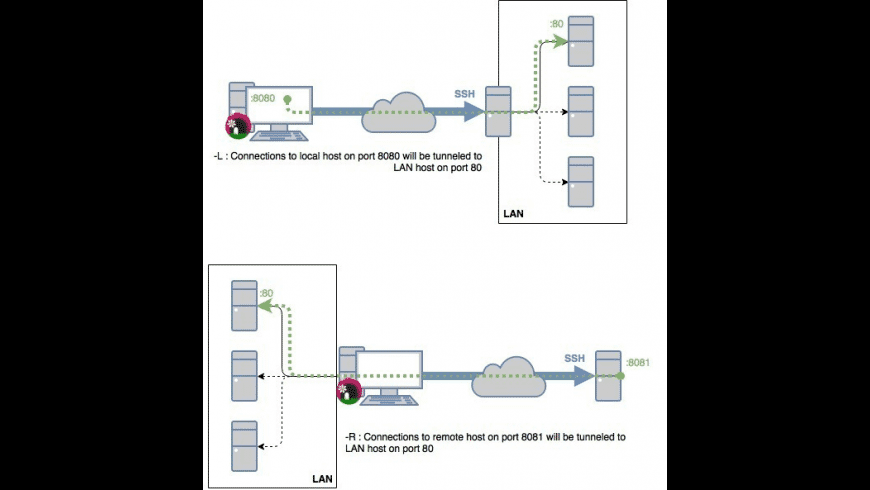Ssh Tunnel Manager 2.2.7 Download For Mac

Download SSH Proxy for macOS 10.9 or later and enjoy it on your Mac. SSH Proxy can help you turn any remote SSH server into a SOCKS / HTTPS proxy, intuitive and easy to use. I’ve been used “SSH Tunnel Manager” before use this. MyEntunnel (myentunnel.exe). Basically, MyEnTunnel is an efficient method for maintaining the tunnels of TCP SSH, MyEnTunnel has many advantages upon its usage. Plink (PuTTY Link) is launched in the background for effective monitoring of tunnels and if something happens to Plink then this software restarts it.
- Download
If your download is not starting, click here.
Thank you for downloading Ssh Tunnel Easy from our software library
The version of Ssh Tunnel Easy you are about to download is 1.2.3.2. The download is provided as is, with no modifications or changes made on our side.
The licence type of the downloaded software is trial. This license type may impose certain restrictions on functionality or only provide an evaluation period. The download was scanned for viruses by our system. We also recommend you check the files before installation.
Ssh Tunnel Easy antivirus report
This download is virus-free.This file was last analysed by Free Download Manager Lib 420 days ago.
CLAMAV
NOD32
AVG
WebAdvisor
Often downloaded with
- SSH Factory for .NETSSH Factory for .NET is a set of .NET based client components for communicating..$599DOWNLOAD
Updated by LinodeWritten by Linode
Report an Issue View File Edit File
This guide will show you how to make a secure connection to your remote MySQL or MariaDB server from your local computer, using an SSH tunnel. This is useful if you want to use administration tools on your local computer to do work on your server.
An SSH tunnel is an encrypted tunnel made through an SSH protocol connection. You can use an SSH tunnel to communicate remotely with the MySQL database. After following these instructions, you’ll be able to connect to localhost on your workstation using your favorite MySQL management tool. The connection will be securely forwarded to your Linode over the Internet.
Prerequisites
- MySQL is installed.
- MySQL is configured to listen on
localhost(127.0.0.1). This is enabled by default.
How to Access MySQL Remotely by Creating an SSH Tunnel with PuTTY
This section will show you how to create an SSH tunnel to MySQL on Windows, using the PuTTY tool.
Setting Up the Tunnel
First, you need to establish a basic connection to your Linode:
- Download PuTTY.
- Save PuTTY to your desktop.
Double-click the PuTTY file to begin - no need to install. You will see the following window:
Enter the hostname or IP address of your Linode in the Host Name (or IP address) field.
In the left-hand menu, go to Connection -> SSH -> Tunnels.
In the Source port field, enter
3306.In the Destination field, enter
127.0.0.1:3306. See the final configuration below:Click Open to start the SSH session.
If you haven’t logged in to this system with PuTTY before, you will receive a warning similar to the following. Verify that this server is the one to which you want to connect, then click Yes:
Note
This warning appears because PuTTY wants you to verify that the server you’re logging in to is who it says it is. It is unlikely, but possible, that someone could be eavesdropping on your connection and posing as your Linode. To verify the server, compare the key fingerprint shown in the PuTTY warning - the string of numbers and letters starting with ssh-rsa in the image above - with your Linode’s public key fingerprint. To get your Linode’s fingerprint, log in to your Linode via the Lish console (see the Console tab in the Linode Manager) and executing the following command:
The key fingerprints should match. Once you click Yes, you won’t receive further warnings unless the key presented to PuTTY changes for some reason; typically, this should only happen if you reinstall the remote server’s operating system. If you receive this warning again for the same Linode after the key has already been cached, you should not trust the connection and investigate matters further.
Direct your local MySQL client to
localhost:3306. Your connection to the remote MySQL server will be encrypted through SSH, allowing you to access your databases without running MySQL on a public IP.
Create an SSH Tunnel on Mac OS X or Linux
This section will show you how to create an SSH tunnel to MySQL on Mac OS X or Linux.
Install a MySQL client. Installing MySQL server comes prepackaged with an installation of the client. To install the client only:
MacOS
Ubuntu/Debian
Open a command prompt and run the following command to open the SSH tunnel.
Replace <[email protected]> with your SSH username and your server’s hostname or IP address. The long string of numbers in the command lists the local IP, the local port, the remote IP, and the remote port, separated by colons (:).
-L- binds a local port to the remote host post.-N- means forwarding ports.Note
If you’re already running a local MySQL server on your workstation, use a different local port (3307 is a common choice). Your new command would look like this:
Open a new terminal window. Direct your local MySQL client to
127.0.0.1:3306with the MySQL server username and password.MacOS
Ubuntu/Debian
Your connection to the remote MySQL server will be encrypted through SSH, allowing you to access your databases without running MySQL on a public IP.
When you’re ready to close the connection, issue a CTRL-C command or close the command prompt window. This will close the SSH tunnel.
Persistent SSH Connections
If you need a persistent SSH tunnel, consider using autossh. Quest software keygen. autossh starts and monitors an SSH connection, and restarts it if necessary.
More Information

You may wish to consult the following resources for additional information on this topic. While these are provided in the hope that they will be useful, please note that we cannot vouch for the accuracy or timeliness of externally hosted materials.
Join our Community
This guide is published under a CC BY-ND 4.0 license.